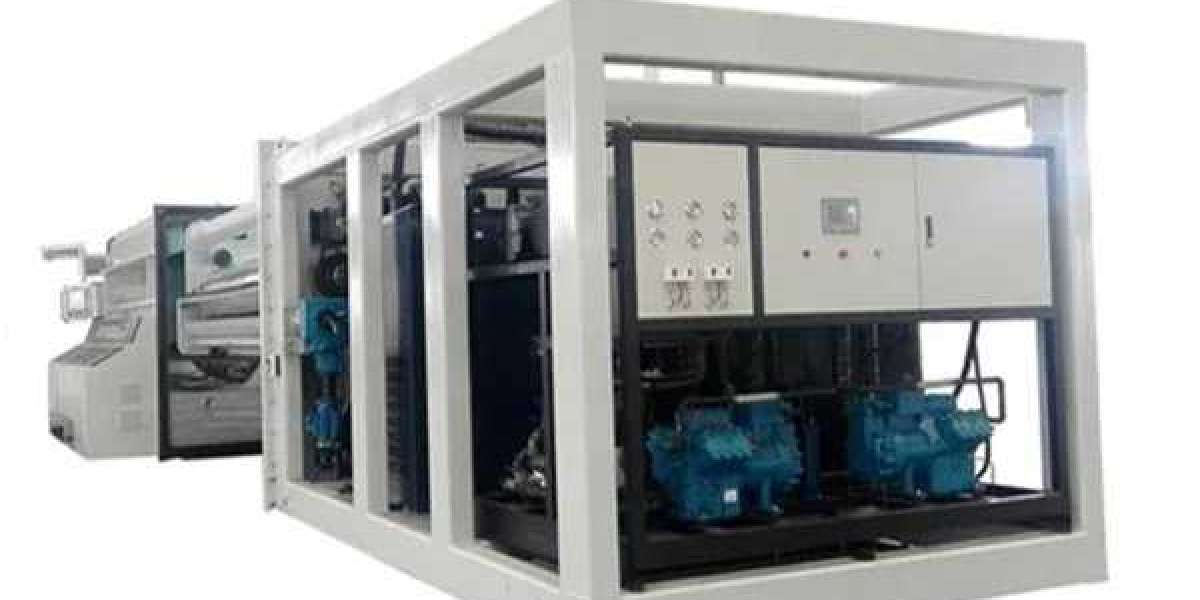High vacuum coating machines play a crucial role in various industries, from electronics to automotive, providing a range of benefits such as improved durability, enhanced functionality, and aesthetic appeal. But have you ever wondered how these machines work? In this blog post, Xincheng will delve into the working principle of high vacuum coating machines, exploring the processes involved and the technologies employed to achieve precise and efficient coating results.
Working principle of high vacuum coating machine for sale
Evaporation Coating:
One of the primary techniques used in high vacuum coating machines is evaporation coating. This process involves heating a source material, usually in the form of solid metal or alloy, until it vaporizes. The vaporized material then condenses and deposits onto the substrate, forming a thin film coating. The source material, also known as the evaporant, is typically contained in a crucible or boat within the vacuum chamber.
Sputtering Coating:
Another widely used technique in high vacuum coating machines is sputtering coating. In this process, a high-energy ion beam bombards a target material, dislodging atoms or molecules from its surface. These dislodged particles then travel through the vacuum chamber and deposit onto the substrate, forming a thin film coating.
Vacuum Chamber and Pumping System:
Key to the operation of a high vacuum coating machine is the vacuum chamber and its associated pumping system. The vacuum chamber provides a controlled environment by removing air and other gases to create a low-pressure atmosphere required for the coating process. This is achieved using various vacuum pumps, such as mechanical pumps, turbomolecular pumps, or cryogenic pumps, depending on the desired level of vacuum and pumping speed required.

Substrate Preparation:
Before the coating process, proper substrate preparation is necessary to ensure good adhesion and quality of the deposited film. This typically involves cleaning the substrate surface to remove any contaminants or oxides. Methods such as ultrasonic cleaning, solvent rinsing, or plasma cleaning are often employed to achieve a pristine substrate surface.
Control and Monitoring Systems:
To achieve precise and repeatable coating results, high vacuum coating machines rely on control and monitoring systems. These systems are responsible for regulating various parameters, including temperature, pressure, deposition rate, and film thickness. Advanced coating machines often feature automation and feedback control mechanisms to optimize these parameters and maintain stability throughout the entire coating process.
Optical Monitoring and Thickness Control:
To ensure accurate and uniform coating thickness, high vacuum coating machines often incorporate optical monitoring and thickness control systems. These systems utilize sensors and monitors to measure the optical properties of the deposited film in real-time. By comparing the measured values with the desired or theoretical values, the coating parameters can be adjusted to achieve the desired thickness and optical characteristics.
Film Characterization and Test:
After the coating process is complete, the thin film deposited on the substrate needs to undergo various tests and characterization to ensure its quality and functionality. Techniques such as ellipsometry, X-ray diffraction, and scanning electron microscopy are commonly employed to analyze film thickness, composition, crystal structure, and surface morphology.
Conclusion
High vacuum coating machines operate based on the principles of evaporation coating and sputtering coating, utilizing vacuum chambers, pumping systems, and control mechanisms to achieve precise and efficient coating results. These machines play a vital role in numerous industries, offering benefits such as improved durability, functionality, and aesthetics to a wide range of products. By understanding the working principle of high vacuum coating machines, manufacturers can optimize their coating processes and harness the full potential of this technology.
https://www.xinchengvacuum.com/Working-principle-of-high-vacuum-coating-machine.html








